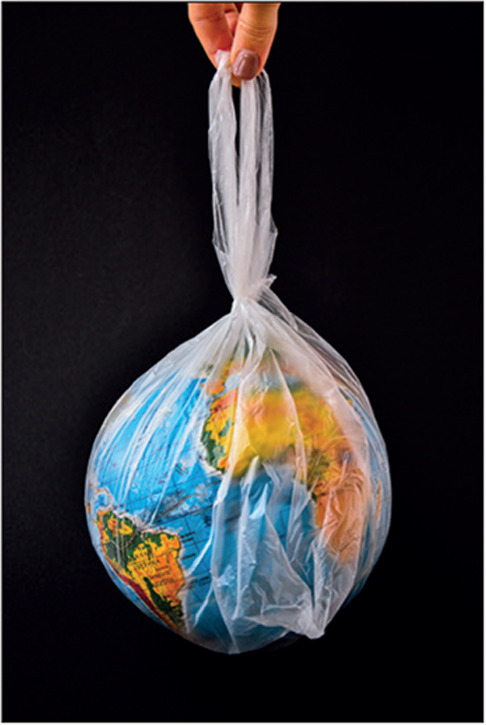Elsevier,
Geography and Sustainability, Volume 3, September 2022
Under global warming, seasonal snow takes faster melting rate than before, which greatly changes the hydrological cycle. This study offer insights into understanding the effect from seasonal snow on vegetation and promote the sustainable utilization of regional vegetation in the Northern Hemisphere.
Elsevier,
The Lancet Diabetes and Endocrinology, Volume 10, September 2022
This Comment supports SDG 3 by highlighting the environmental and endocrine healths harms from plastics and the need to reduce production and use of plastics. It describes the launch of negotiations to produce a global treaty aimed at achieving this goal.
Elsevier,
Journal of Minimally Invasive Gynecology, Volume 29, September 2022
Obstetrician gynecologists, have a patient population that is more vulnerable to the negative impacts of climate change, and issues surrounding fertility and reproduction have not only immediate implications but also implications for future generations. It is only fitting that obstetrician gynecologists take the lead in advocating for safer and greener practices in the OR, hospital, and healthcare industry.
Elsevier,
The Journal of Climate Change and Health,
Volume 8,
2022,
100126
The aim of this review was to synthesize evidence around the nexus between climate and health in the Caribbean, thereby presenting a more concise understanding of the current impact on vulnerable low-lying and coastal communities.
Elsevier,
The Lancet Global Health, Volume 10, September 2022, e1326-e1335
This Article supports SDGs 3 and 6 by demonstrating the safety, tolerability, and immunogenicity of a typhoid conjugate vaccine in Malawian children aged 9 months to 12 years; this paper is relevant to World Water Day since S Typhi is transmitted by the faecal-oral route through ingestion of contaminated food and water, often resulting from inadequate hygiene and sanitation.
Elsevier,
Hygiene and Environmental Health Advances, Volume 3, September 2022
The study suggests that exposure to PFAS may disrupt energy balance and body composition in adolescents, underscoring the importance of further research to confirm the association and mitigate potential health impacts, thus contributing to Sustainable Development Goal 3 (Good Health and Well-being).
Elsevier,
Hygiene and Environmental Health Advances, Volume 3, September 2022
The study underscores the significance of indoor PM2.5-10 pollution from coal combustion as an environmental risk factor for the prognosis of COPD patients, emphasizing the need for targeted prevention and control strategies during the heating season to protect cardiopulmonary health and promote progress towards Sustainable Development Goal 3 (Good Health and Well-being).
Elsevier,
Hygiene and Environmental Health Advances, Volume 3, September 2022
The research supports Sustainable Development Goal 3 (SDG 3) by identifying factors affecting public health, such as indoor airflow patterns and outdoor temperatures, and providing recommendations for epidemic prevention and control measures.


